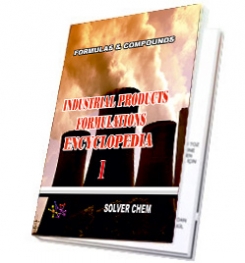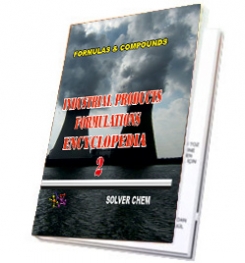As any machine operates, it is bound to produce a set amount of wear debris. How this wear debris is generated will be dependent on many factors, including the lubricant being used, the operating condition of the machine and the cleanliness of the fluid. If the lubricant is not matched correctly to the needs of the machine, it will lead to excessive wear and premature failure. The most common mismatch is choosing the wrong viscosity.
If the engine is operating outside the normal parameters, such as in excessive heat, cold or prolonged intervals without maintenance, this also will cause an increase in wear. Likewise, if the lubricant is contaminated with water, hard particles or any other fluid, it can increase the amount of wear generated as well.
The question isn't as simple as how much metal is allowable. A better way to analyze the results is to trend the amount of metal that is encountered. A single oil sample can provide information on the health of the lubricant, the health of the engine and the contaminants that are present, but routine analysis and developing trends will paint a more accurate picture of what is actually happening inside the machine and the lubricant.
A common way to analyze this is by monitoring the rate of change or the wear rate of the engine in question. Provided the samples are taken at regular intervals, you can use the previous history to see if the wear levels are consistent. If the rate of wear is increasing, this is indicative of a machine that is wearing out.
With engines, you can also determine the location of the wear by the type of metal showing up in the reports. The various engine components are made of different elements, so understanding where copper, aluminum or chromium is coming from can help pinpoint the wear location and the component that is causing the problem.
However, to truly understand the wear mechanism and how far it has progressed, you must run several different oil analysis tests. Normal elemental analysis can detect small wear debris but is blind to large particles. Therefore, it is a good idea to partner this test with ferrous density and other types of analytical ferrography to paint the full picture of the wear occurring inside an engine.

any engine oil
LUBRICATING OIL
FORMULATIONS
ENCYCLOPEDİA
is enough.
LUBRICATING OIL FORMULATION ENCYCLOPEDIA has many formulations of greases, complex grease, lithium grease production,sodium greases formula, formulation,multigrade engine oils manufacturing process,motor oils making, gear oil production, synthetic engine oils,semi synthetic motor oils,gasoline oils,diesel oils production process,composition of turbine oils,transmission oil manufacturing, production of cycle motor engine, tractor oils,mineral based motor engine production,heat transfer oils, slideway oils formulation, formulations, cutting oils formula,formulas grinding oils,mould oils manufacturing process and etc.
All lubricating oils in the encyclopedia are producible easily.You need no help and no technıcal support. The encyclopedia is enough to produce lubricating oils and engine oils itself.
LUBRICATING OIL
FORMULATIONS
ENCYCLOPEDIA
is written clear and understandable.


HARD BOOK E BOOK
RELATED TAGS: What is engine oils,making synthetic diesel engine oil,semi synthetic engine oil manufacturing process,mineral based engine oil production, heavy duty engine oil formulation,high performance engine oil formula,formulas,properties of motor oils,synthetic motor oil msds, analysis,composition of engine oils,additives of motor oils, mineral engine oil formulation,make semi synthetic diesel engine oil, base oils,synthetic base oils,light neutral oil,heavy neutral oil,performance additives package, properties of diesel engine oil, how to formulate engine oils, types of engine oils, synthetic motor oils,ingredients of engine oils,compounds of engine oils, index of motor oil,characteristic of motor oils,application of motor oils,combination of synthetic engine oils.
SOLVERCHEM PUBLICATIONS

|
|

|
|

|
|
